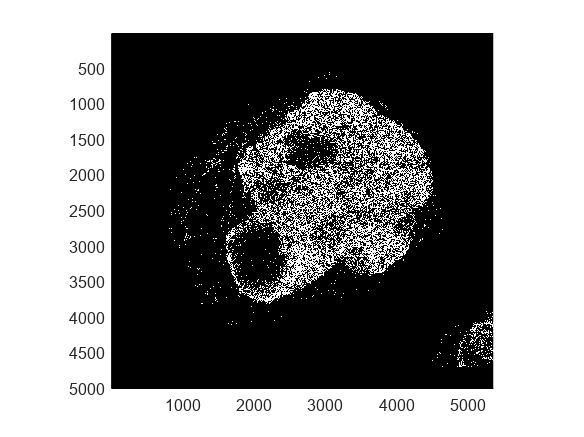write
(To be removed) Write bigimage object content to new
file
The write function of the bigimage object will be
removed in a future release. Use the write function
associated with the blockedImage object
instead. For more information, see Version History.
Syntax
Description
write(
also specifies the compression scheme for writing a formatted version of big image
bigimg,filename,'TIFFCompression',compression)bigimg to a TIFF file named filename. This
syntax does not preserve the spatial referencing information of the big image.
write(___, specifies
additional options when writing categorical data using name-value pair arguments.Name,Value)

